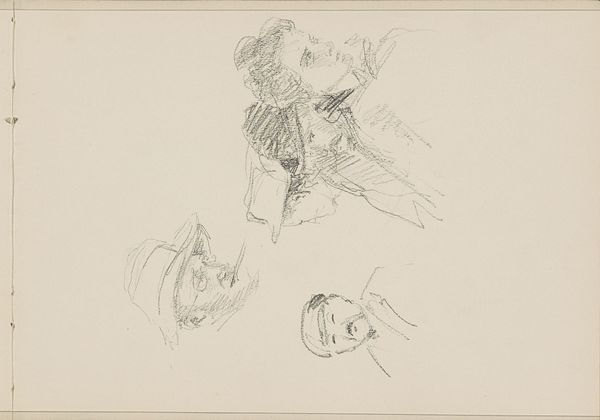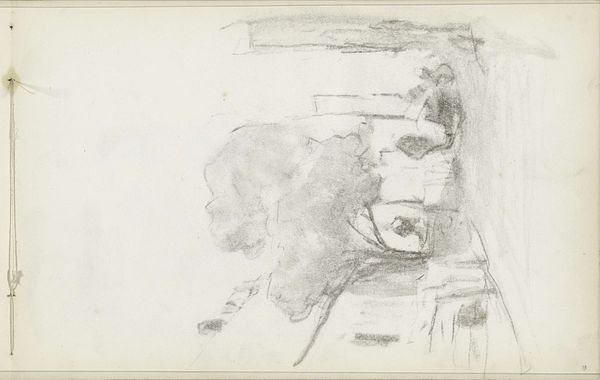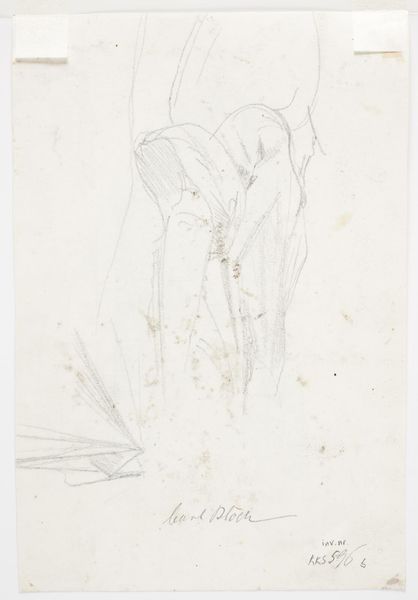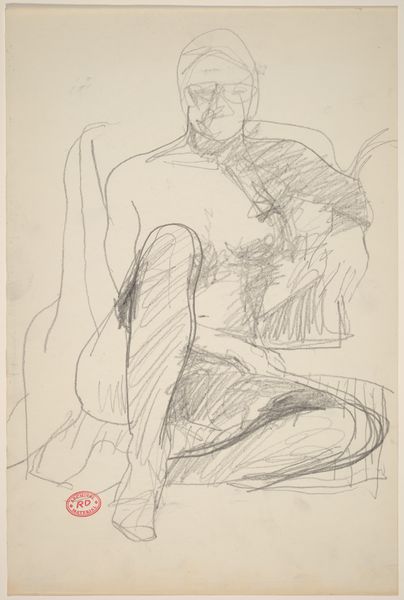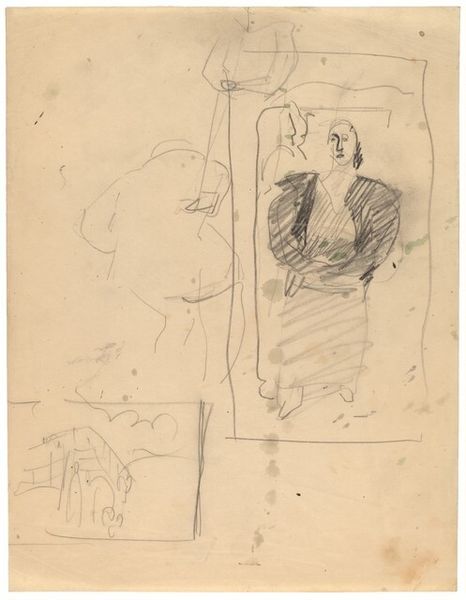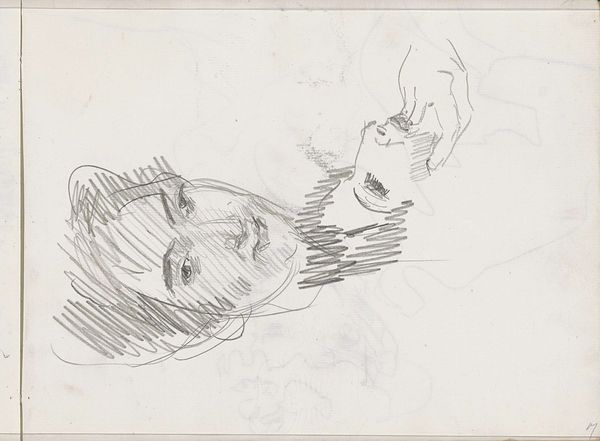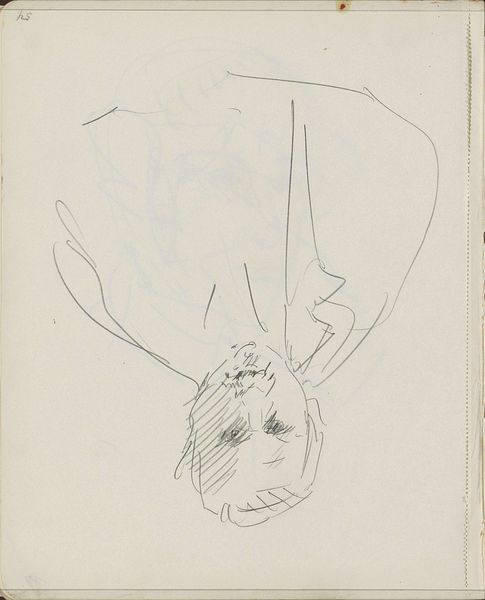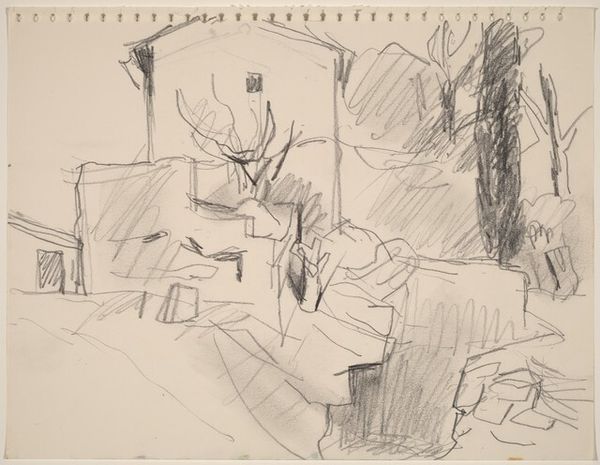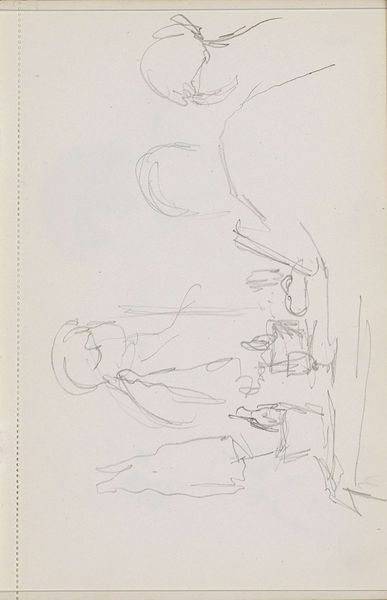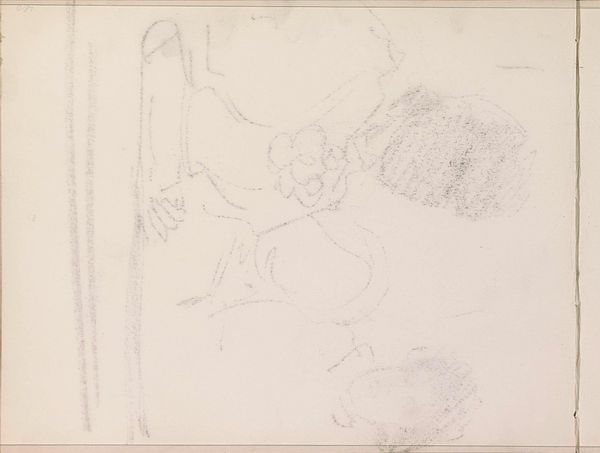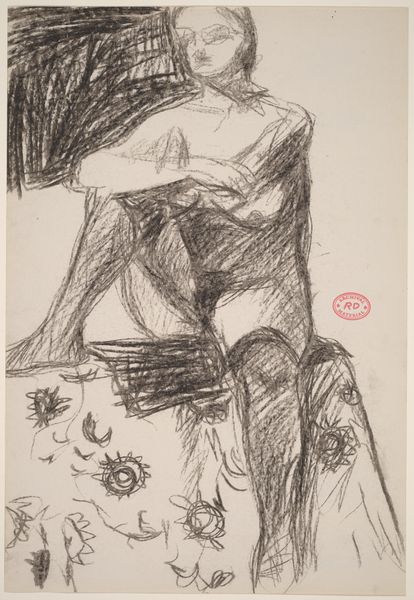
drawing
#
portrait
#
drawing
#
figuration
Dimensions: sheet: 21.59 × 27.94 cm (8 1/2 × 11 in.)
Copyright: National Gallery of Art: CC0 1.0
Editor: Here we have Oliver Lee Jackson's "Study for Portrait of Julius Hemphill II," a drawing from 1973. It’s quite sparse and fragmented, a collection of studies on one page. How do you read this drawing? Curator: The sparseness is key, isn’t it? Jackson made this "Study" in '73. Think about that time – the Black Arts Movement was in full swing, interrogating representation, demanding a radical break from oppressive stereotypes. How does this relate? Jackson chooses not to offer a complete, easily digestible image of Hemphill, resisting a fixed identity. What do you make of that choice, particularly given the political and social context of the time? Editor: I hadn't thought about it like that, as an act of resistance almost. I see how a more finished portrait could reinforce existing narratives. Curator: Exactly. Instead, we have glimpses, suggestions. The work mirrors the fluidity of identity, how it's not monolithic. And the fragmented composition - doesn’t that visually represent the complexities within Black identity, or even within the individual that was Julius Hemphill, further pushing against singular representations? Editor: So, by showing less, Jackson is actually saying more about identity? Curator: Precisely! And what of the relationship, then, between artist and subject, the power dynamics inherent in portraiture, are they questioned, undermined, made more equal through this representational approach? It challenges us to actively participate in constructing meaning, doesn't it? Editor: I guess I was too focused on the literal image to see the broader implications. Thank you. Curator: Of course. It makes you consider the politics inherent in representation, and art’s role in shaping our understanding of identity.
Comments
No comments
Be the first to comment and join the conversation on the ultimate creative platform.


